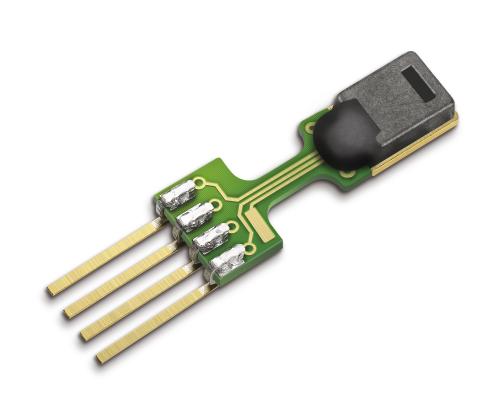This study aims to relate the time-frequency patterns of acoustic emission (AE) and other multi-modal sensor data collected in a hybrid directed energy deposition (DED) process to the pore formations at high spatial (0.5 mm) and time (< 1ms) resolutions. Adapting an explainable AI method in LIME (Local Interpretable Model-Agnostic Explanations), certain high-frequency waveform signatures of AE are to be attributed to two major pathways for pore formation in a DED process, namely, spatter events and insufficient fusion between adjacent printing tracks from low heat input. This approach opens an exciting possibility to predict, in real-time, the presence of a pore in every voxel (0.5 mm in size) as they are printed, a major leap forward compared to prior efforts. Synchronized multimodal sensor data including force, AE, vibration and temperature were gathered while an SS316L material sample was printed and subsequently machined. A deep convolution neural network classifier was used to identify the presence of pores on a voxel surface based on time-frequency patterns (spectrograms) of the sensor data collected during the process chain. The results suggest signals collected during DED were more sensitive compared to those from machining for detecting porosity in voxels (classification test accuracy of 87%). The underlying explanations drawn from LIME analysis suggests that energy captured in high frequency AE waveforms are 33% lower for porous voxels indicating a relatively lower laser-material interaction in the melt pool, and hence insufficient fusion and poor overlap between adjacent printing tracks. The porous voxels for which spatter events were prevalent during printing had about 27% higher energy contents in the high frequency AE band compared to other porous voxels. These signatures from AE signal can further the understanding of pore formation from spatter and insufficient fusion.
翻译:基于多模式传感器融合的定向能沉积 SS316L 零件表面原位孔隙率预测
研究摘要:
本研究旨在将声发射(AE)和其他多模式传感器数据的时频模式与高空间(0.5mm)和时间(<1ms)分辨率下的涡流孔生成相关联,以实现多模式传感器融合应用。通过在 LIME (Local Interpretable Model-Agnostic Explanations) 中采用一个可解释的人工智能方法,将 AE 的某些高频波形特征归因于 DED 过程中两个主要的涡流孔生成途径,即飞溅事件和低热输入时相邻印制轨迹之间的不充分熔合。这种方法可以实时预测每个体素(0.5mm 大小),从而在印刷过程中检测到气孔的存在。在一个亚马逊托盘缔造机上,收集了同步的多模式传感器数据,包括力、AE、振动和温度等,并完成随后的铣削加工。利用深度卷积神经网络分类器,根据传感器数据的时频模式(谱图)在体素表面上识别孔的存在。结果表明,在 DED 过程中收集的信号比加工过程中的信号对于检测体素中的气孔更为敏感(分类测试精度为 87%)。利用 LIME 分析得到的基本解释表明,高频 AE 波形中捕获的能量对于含气体素降低了 33%,表明溶池中的激光-材料相互作用相对较低,因此相邻的印刷轨迹之间的熔合不足,出现了质量差的印刷。在打印过程中飞溅事件普遍的多孔体素高频 AE 频带的能量含量约高出其他多孔体素 27%。这些 AE 信号的特征进一步增进了我们对于从飞溅和不充分熔合导致的空气孔的形成的理解。

